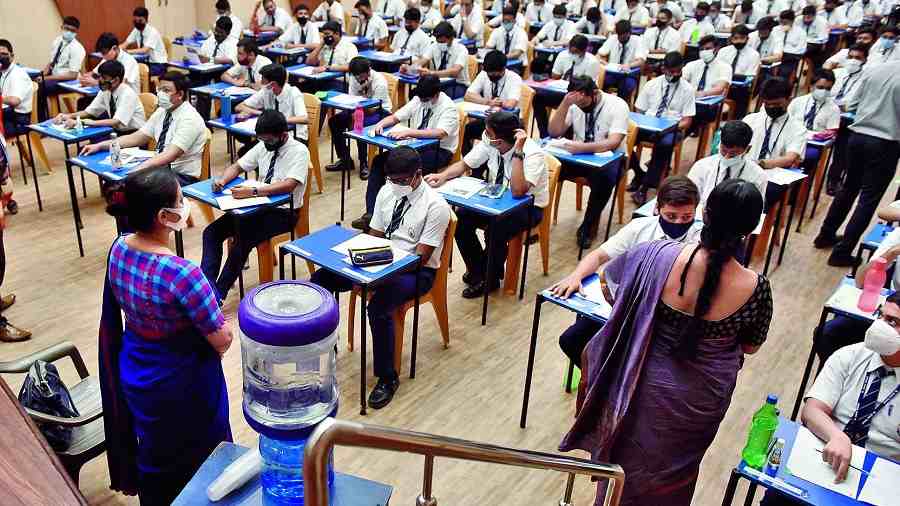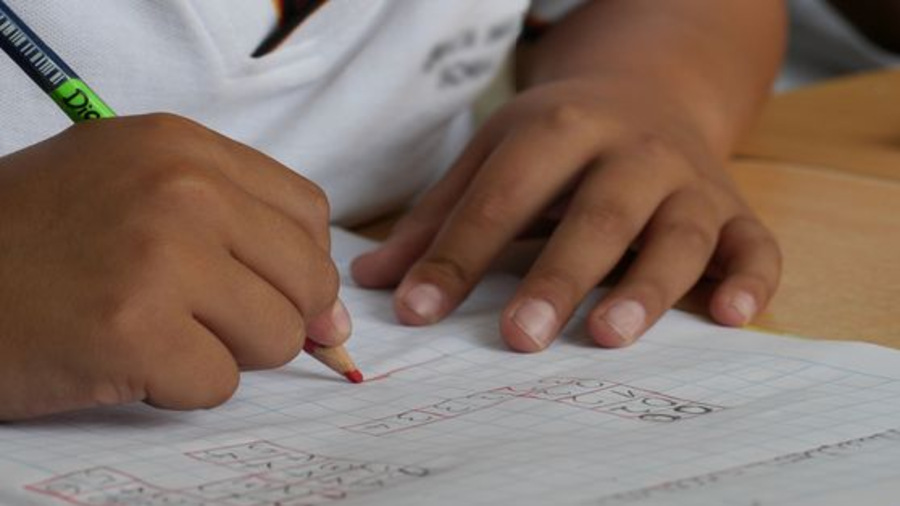Humidity, the usual partner in crime of heat in the Kolkata summer, has been on an ‘unusually’ lower side so far this year. The result — heatwave-like conditions. The sweaty conditions, typical of summer in the city, have been replaced with dry heat.
On Monday, the maximum temperature in Alipore was 39.5 degrees Celsius, four notches above normal. The day before, it was 39.6.
Dum Dum clocked 40.9 on Tuesday, after 40.5 the day before. Barrackpore sizzled at 41.2 on Tuesday.
Dry heat in Met parlance indicates lower-than-usual moisture content in the air. “It is not to say that people will not sweat. People are sweating but not as much as they used to in humid conditions,” said a Met official.
The minimum relative humidity, a marker of the moisture content in the air during the driest part of the day, was around 30 per cent on Monday and the day before. “Usually, on a sultry day in Kolkata, it stays above 40,” the official said.
The effect of the dry heat is felt the most when someone steps out. Hot and dry winds, like flames of fire, have been lashing at them.
The conditions are similar to what swathes of the northern heartland experience almost every summer.
The hot and dry conditions are likely to prevail in Kolkata, according to the Met forecast.
The districts were hotter than the city. Bankura saw the Celsius soar to 43.9 degrees. Asansol, Purulia, Burdwan, Jhargram were among other places in south Bengal where the mercury touched the 42-degree mark.
Heatwave prevailed for the second consecutive day in the south Bengal districts, except South 24-Parganas and Purba Medinipur, said a Met official. Tuesday is also likely to be similar, he said.
“Heatwave-like conditions prevailed in Kolkata on Monday,” he said.
Heatwave is declared when the mercury breaches the 40-degree mark and the maximum temperature is five notches above normal. While temperatures over 40 is not new for some western districts of West Bengal, Kolkata last saw the Celsius breach the 40-degree mark in April 2016.
“There is hardly any difference between 39.5 and 40. The city is not used to these conditions,” said a Met official.
A doctor said dry heat can be more dangerous than heat and humidity.
“Dry heat is associated with heat strokes. It can be fatal if not treated quickly and properly. Hot and humid conditions can lead to dehydration and cramps,” said Chandramouli Bhattacharya of Peerless Hospital.
Outside a school in Ballygunge in south Kolkata on Monday, a woman was waiting to take a child home. Suddenly, she collapsed. She came to after school guards and help splashed water on her face.
Stalls selling coconut water and fruit juices did brisk business. Around 12.45pm, the pavement on Rashbehari Avenue, right outside an entrance to Kalighat Metro station in south Kolkata, was almost blocked because of customers at a juice stall.
G.K. Das, director of the IMD, Kolkata, explained the key reason for the current conditions.
“Usually, moisture-laden easterly winds from the Bay of Bengal dominate the area above the surface of the earth during summer in Kolkata. Their range is around 2km from the earth’s surface. Northwesterly winds often prevail above that range. As a result, the conditions are sweaty,” he said.
“But so far this summer, the northwesterly winds have been prevalent even in the zone earlier dominated by the easterly winds.”
The city has been without rain for 55 days.



